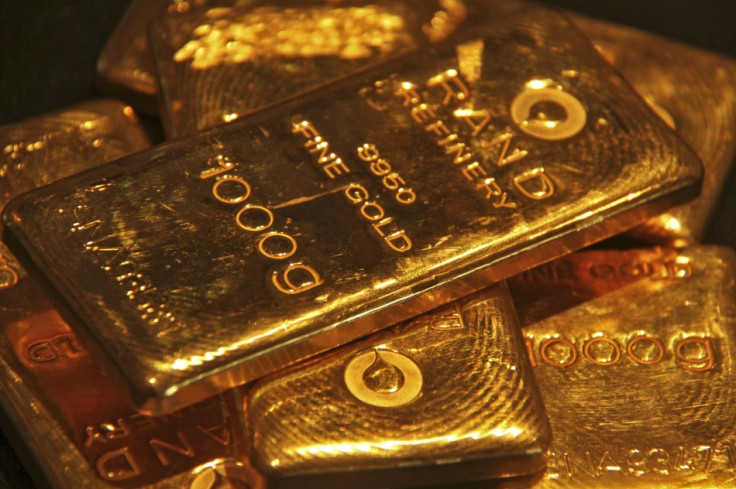Commodities Round-up: Palladium surge extends into third week, gold spikes again
Precious metals spike across the board with gold and palladium leading the way.
Gold surged past the $1,210-an-ounce barrier on Tuesday (17 January) on Brexit woes and a weaker dollar, while palladium, which has seen a spectacular start to 2017, saw yet another session in positive territory.
At 5.40pm GMT, the Comex gold futures contract for February delivery was up 1.43% or $17.10 at $1,213.30 an ounce, while spot gold was 0.88% or $10.64 higher at $1,213.87 an ounce, as fears over the incoming Donald Trump administration being the most protectionist in US history sent investors seeking safe-haven assets.
Brexit uncertainty and a weaker dollar lent further support to the yellow metal. FXTM's chief market strategist Hussein Sayed said: "The combinations of renewed Trump uncertainties and dollar weakness continue to elevate gold this week. The yellow metal has been a star performer as market jitters bolster its safe-have allure.
"Now, technical traders must pay very close attention to how prices react to $1,210 with a breakout above sparking a further up move towards $1,230. With uncertainty and anxiety still shrouding the markets, gold should remain buoyed in the short term."

Elsewhere in the precious metals sphere, Comex silver was up 2.27% or 38 cents to $17.15 an ounce, while spot platinum was down 0.27% or $2.70 to $980.05 an ounce. Meanwhile, the palladium juggernaut marches on, as the precious metal extended its gains for 2017 into the year's third trading week.
At 5:48pm GMT, palladium was 1.01% or $7.84 higher at $753.12 an ounce, up by over 10.5% since the start of the year (see chart below). The metal also rose 20% on an annualised basis in 2016, outperforming both silver and gold, benefiting from positive industrial production data given its usage by the automobiles, chemicals and electronics manufacturers.

Away from the precious metals, oil futures continued to trade sideways in the absence of clear drivers as the market awaits further data on Opec's proposed production cut for 2017. At 5.50pm GMT, the Brent front month futures contract was up 0.43% or 24 cents at $56.10 per barrel, while the West Texas Intermediate (WTI) was 1.13% or 59 cents lower at $52.96 per barrel.
Commenting on the state of the oil market, BP's chief executive Bob Dudley said his company was gearing up to manage its books on a $55 per barrel oil price.
"I think there will still be volatility in the markets but the agreement on 30 November [2016] is clearly a milestone in the industry. If you look at what is happening around the world in terms of reductions of output, it does appear real. The countries are coordinating and they are working to reduce output – and we're at $55-56 versus $45 beforehand, so it's significant for countries and companies in our industry. We're planning this next year on $55 right now as a company," Dudley told Bloomberg television.
Overnight, Saudi Arabia issued a reaffirmation that Opec would stick to its pledge of cutting output, but the kingdom's oil minister Khalid Al-Falih added that the exercise may not be needed beyond June.
Speaking at World Future Energy Summit (WFES) in Abu Dhabi on Monday, Al-Falih said: "The [oil market] re-balancing which started slowly in 2016 will have its full impact by the first half. Of course, there are many variables that can come into play between now and June, and at that time we will be able to reassess."
© Copyright IBTimes 2025. All rights reserved.






















